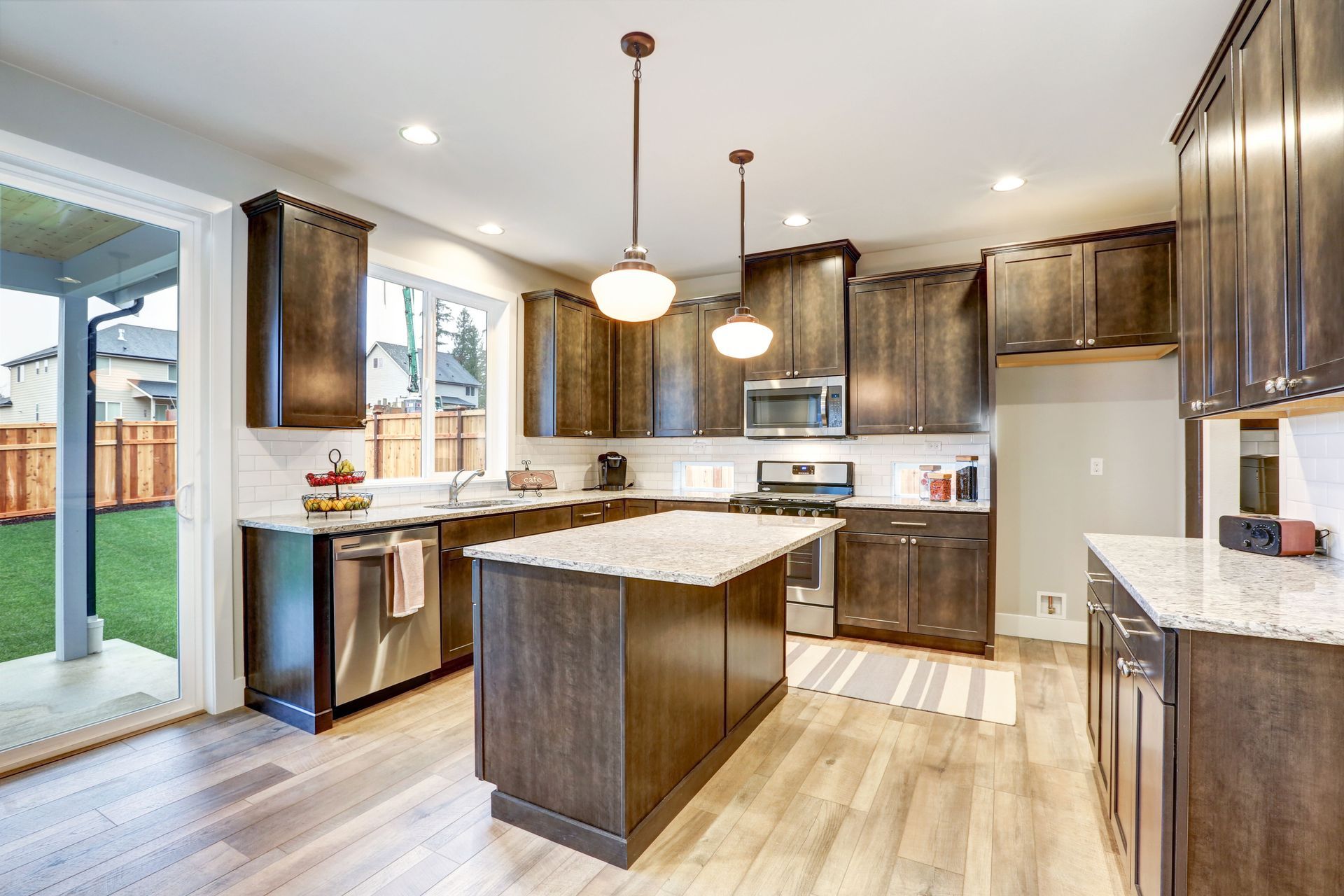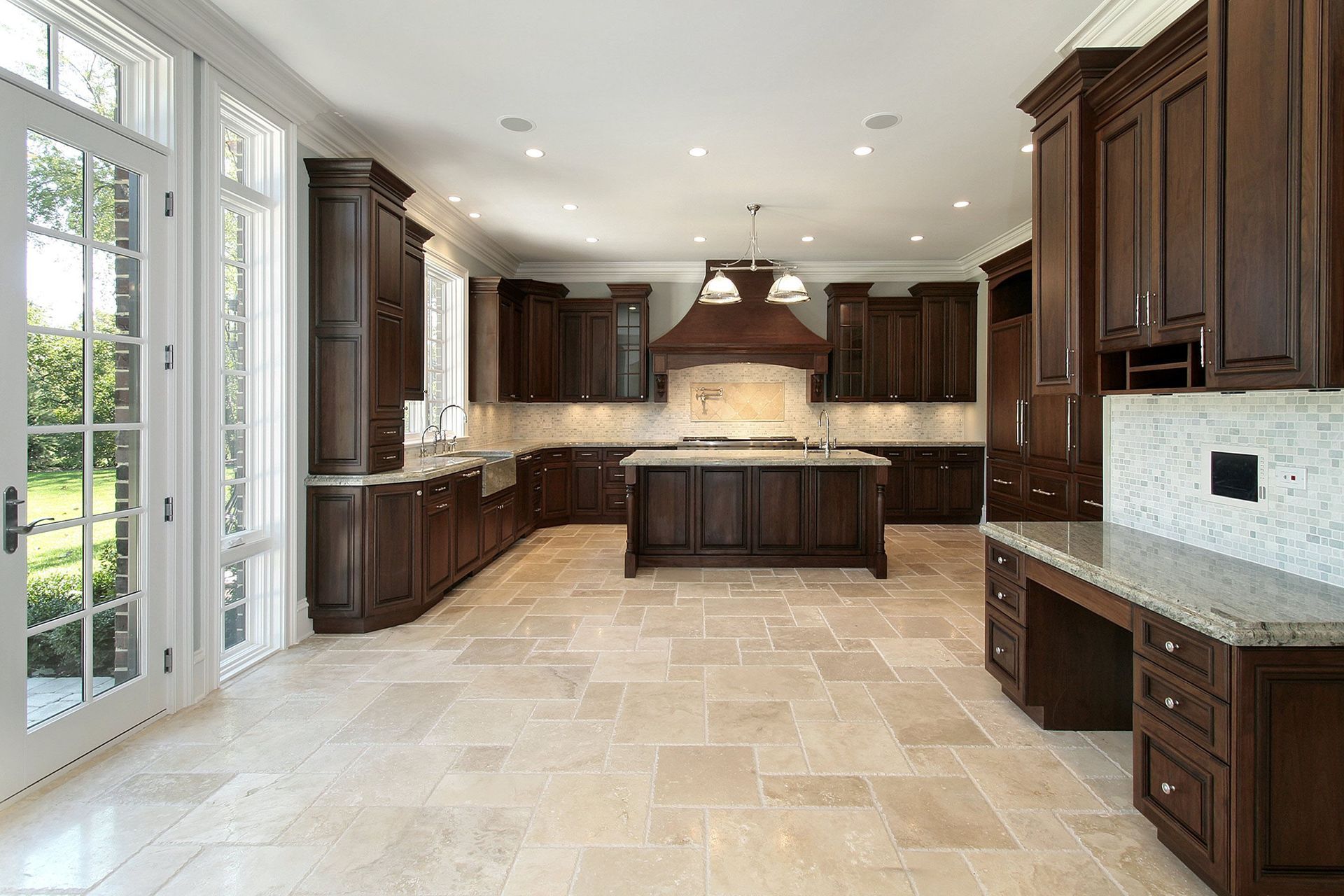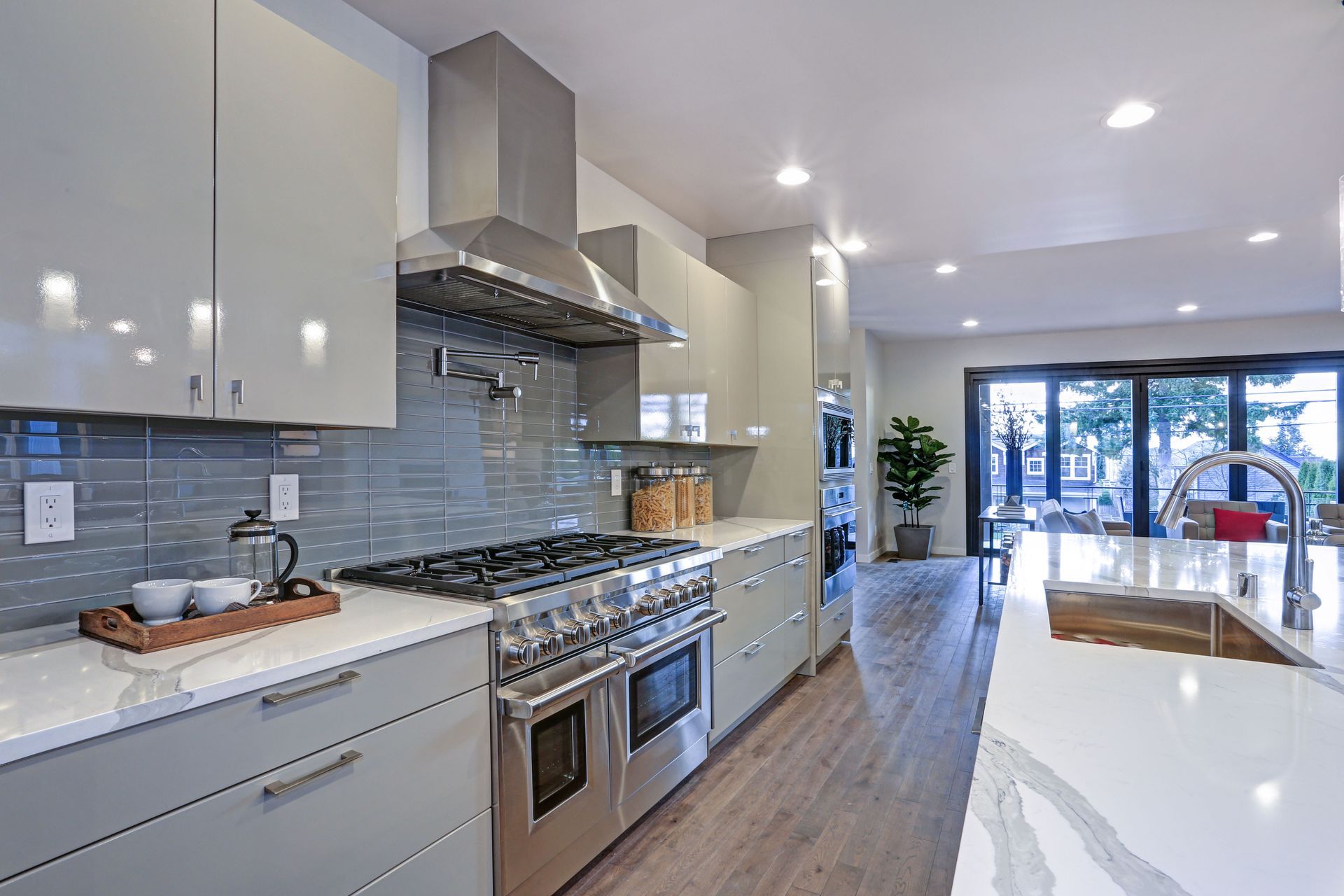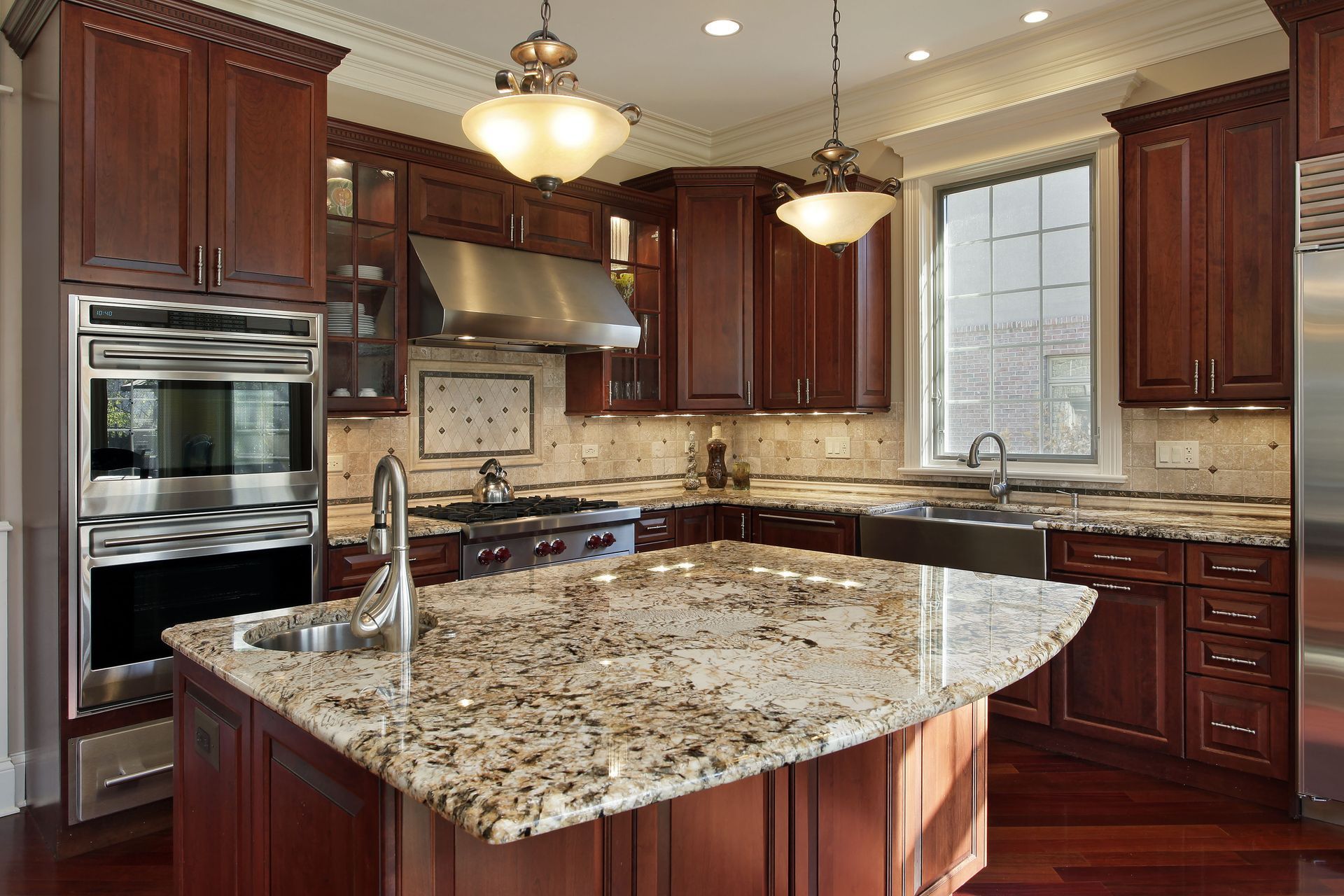Key Aspects to Focus on During a Kitchen Remodel
Remodeling your kitchen is more than just a home improvement project—it’s a chance to transform the heart of your home into a space that enhances your lifestyle, increases efficiency, and boosts property value. A successful kitchen remodel requires strategic planning and careful attention to detail. From design and layout to materials and lighting, every decision impacts the functionality and appeal of the finished result. Below are six key areas to focus on that will help guide you through your renovation journey.
Set Clear Goals and Plan Your Budget
Before you swing a hammer or start picking tile samples, define your goals and envision your kitchen remodel. Are you remodeling to create a more modern space, increase storage, improve functionality, or elevate resale value? Knowing what you want to achieve helps inform every decision, from layout to fixtures.
Next, determine your budget and stick to it. It's easy to get carried away during a kitchen remodel, but outlining a clear financial plan early on will keep things in check. Consider all potential costs—materials, labor, permits, and unexpected repairs. According to House Beautiful, 90% of homeowners prioritize countertops during a renovation, so it’s wise to allocate a fair portion of your budget toward durable and attractive surfaces.
Make decisions early about whether you’ll hire contractors or manage the kitchen remodel yourself. Professionals can bring a high level of craftsmanship and familiarity with building codes, while a DIY approach may offer savings if you’re experienced. Either way, mapping out a timeline keeps the process organized and prevents unnecessary delays.
Design an Efficient Layout That Works for You
Your kitchen’s layout affects how you cook, move, and gather in the space. Start by understanding the kitchen work triangle —the ideal positioning of the sink, refrigerator, and stove. This classic principle ensures a smooth workflow and reduces unnecessary steps. Think about how you use your kitchen. Open-concept layouts are perfect for entertaining and family interaction, allowing the kitchen to flow into adjacent living spaces. On the other hand, a more closed or galley-style layout might suit smaller homes or those needing more privacy and focused work zones. Focus on maximizing space. This might mean knocking down a wall, reconfiguring cabinets, or adding a central island for prep and seating. Use every inch wisely and be mindful of traffic flow, especially in busy households. Even small adjustments—like relocating appliances or expanding counter areas—can make a noticeable difference in how efficiently the space functions.
Choose Cabinetry That Balances Function and Style
Cabinetry takes up a large visual and functional footprint in your kitchen. Choose durable materials such as solid wood or MDF that can withstand years of use. The finish—painted, stained, or laminated—should reflect your personal style while standing up to moisture and daily wear. The debate between custom vs. stock cabinets depends on your budget and design needs. Stock cabinets are more affordable and readily available, while custom options offer precise fit and maximum flexibility for awkward spaces or specific design visions. Incorporate smart storage features like deep drawers, pull-out trays, and lazy Susans to make every inch count. Don’t forget about aesthetics—cabinet hardware and design details like crown molding or glass fronts can subtly elevate the room. Consider adding vertical dividers, toe-kick drawers, or built-in spice racks to enhance organization and accessibility throughout the kitchen.
Select Appliances and Fixtures for Longevity
Appliances are a major part of any kitchen remodel. Choose models that suit your lifestyle and align with your design vision. Energy-efficient appliances aren’t just good for the planet—they also reduce utility costs. Look for ENERGY STAR® certifications and other efficiency indicators. Today’s kitchens often include smart appliances that offer advanced features like touchscreens, app connectivity, or voice control. These upgrades add convenience, especially in tech-savvy households. Fixtures such as faucets, sinks, and range hoods should also be chosen for durability and compatibility with your overall design. Stainless steel and cast iron are great, long-lasting options. Ventilation is another important consideration—proper exhaust and airflow will keep your kitchen fresh and protect cabinets and finishes from heat and moisture damage.
Light Every Corner for Style and Safety
Lighting can make or break your kitchen’s mood and usability. Aim for a layered lighting approach that combines ambient, task, and accent lights. This strategy allows for both functional illumination and ambiance, whether you're cooking dinner or hosting guests. Under-cabinet lighting is a popular choice for its ability to provide direct task lighting and create an inviting glow. Pendant lights over an island or sink offer both style and function, while recessed ceiling lights ensure even, general illumination. Don’t underestimate the impact of natural light. If possible, install larger windows, add a skylight, or consider glass doors to flood the space with sunlight. Also, plan electrical outlets and switches thoughtfully to avoid clutter and accommodate appliances and lighting setups effectively.
Finish With Durable and Stylish Flooring and Walls
Flooring and wall finishes round out your kitchen’s design and must be chosen for both form and function. Popular flooring options include tile, hardwood, and luxury vinyl. Tile is highly durable and moisture-resistant, making it great for busy kitchens. Hardwood brings warmth and a timeless look, but requires more care. The backsplash protects your walls while adding a design focal point. Ceramic, glass, and stone tiles are common choices and come in a variety of colors, shapes, and textures. Don’t be afraid to add personality here—geometric patterns, bold colors, or mosaic designs can make a stunning impact. When choosing finishes, think about ease of cleaning and long-term upkeep. Smooth surfaces that resist stains and can be wiped down easily will make your life easier and keep your kitchen looking fresh for years to come. Opt for materials like satin or semi-gloss paints, sealed countertops, and moisture-resistant flooring for maximum durability and hygiene.
Combine Function and Style With the Right Countertops
Countertops are one of the most frequently used surfaces in your kitchen, so they should be both attractive and built to last. Materials like quartz, granite, and marble each offer unique advantages in terms of durability, maintenance, and design. Quartz is a non-porous, low-maintenance material that resists stains and scratches. Granite offers a natural, elegant appearance with good resilience. Marble brings warmth and a classic touch.
Color, texture, and edge profile choices can all affect the final look of your kitchen. Coordinating your countertop with your backsplash, cabinets, and flooring can unify your design and create a polished finish. Even subtle contrasts or complementary tones can add visual interest while maintaining a cohesive and balanced aesthetic. Given that most homeowners consider countertops a priority, it’s smart to spend time exploring different materials and finishes to find the perfect balance of beauty and practicality. A well-executed kitchen remodel doesn’t just improve your home's resale value—it transforms your everyday living experience. From budgeting and layout to appliances, lighting, and finishes, each decision plays a critical role in achieving a space that’s functional, beautiful, and tailored to your needs. If you’re ready to begin your kitchen remodel, Countertops For Less can help you get started with high-quality surfaces that combine durability and elegance. Contact us today to explore our selection and bring your dream kitchen to life.





Share On: